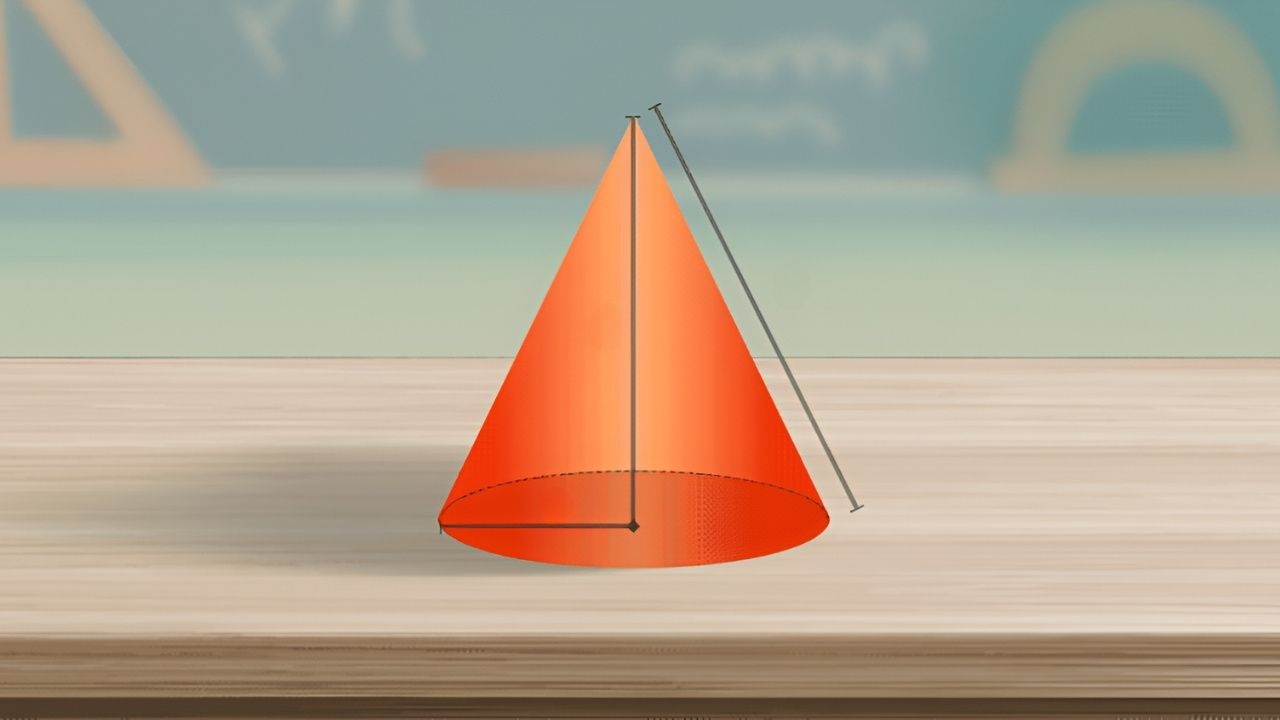
Cone snails might look like pretty sea shells, but they pack a punch! These marine creatures are both fascinating and dangerous. Found in warm tropical waters, they use a harpoon-like tooth to inject venom into their prey. Did you know that some cone snail venom can be deadly to humans? Yet, their venom also holds potential for medical breakthroughs. Scientists are studying it for pain relief and other treatments. With over 800 species, each cone snail has unique patterns and colors, making them a collector's dream. Want to learn more about these intriguing snails? Dive into these 34 facts and get ready to be amazed!
34 Facts about Cones
Cones are fascinating geometric shapes that appear in various aspects of life, from ice cream treats to mathematical equations. Let's dive into some intriguing facts about cones that will surprise and educate you.
What is a Cone?
A cone is a three-dimensional geometric shape with a circular base and a single vertex. This simple yet elegant shape has many interesting properties and applications.
- Cones have a circular base and a pointed top called the apex.
- The height of a cone is the perpendicular distance from the base to the apex.
- A cone can be right or oblique. A right cone has its apex directly above the center of the base, while an oblique cone does not.
- The slant height is the distance from the apex to any point on the edge of the base.
- The surface area of a cone includes the area of the base and the lateral surface area.
Mathematical Properties of Cones
Cones are not just visually appealing; they also have fascinating mathematical properties that make them a subject of study in geometry.
- The formula for the volume of a cone is (1/3)πr²h, where r is the radius of the base and h is the height.
- The surface area of a cone is given by πr(r + l), where l is the slant height.
- A cone can be generated by rotating a right-angled triangle around one of its legs.
- Cones are a type of solid of revolution.
- The apex angle of a cone is the angle formed between the slant height and the base.
Cones in Nature
Nature is full of cones, from the smallest seeds to the largest mountains. These natural cones serve various purposes and have unique characteristics.
- Pine cones are the reproductive organs of pine trees.
- Volcanoes often have a conical shape due to the way lava and ash are deposited.
- Certain flowers, like the coneflower, have a cone-shaped center.
- Animal horns, such as those of a rhinoceros, are often conical.
- Conical shells are common among marine mollusks.
Cones in Everyday Life
Cones are everywhere in our daily lives, often serving practical and decorative purposes. Here are some examples you might not have considered.
- Ice cream cones are a popular way to enjoy a sweet treat.
- Traffic cones are used to guide and manage traffic flow.
- Party hats are often cone-shaped.
- Megaphones, used to amplify voices, are conical.
- Conical tents, like teepees, have been used by various cultures for centuries.
Cones in Art and Architecture
Artists and architects have long been inspired by the simple yet striking shape of the cone. This section explores some notable examples.
- The Louvre Pyramid in Paris has a conical shape.
- The Leaning Tower of Pisa has a conical roof.
- Many ancient ziggurats and pyramids have conical elements.
- Conical spires are common in Gothic architecture.
- Modern sculptures often incorporate conical shapes for aesthetic appeal.
Fun Facts about Cones
Cones can be fun and quirky, too! Here are some light-hearted and surprising facts about cones.
- The world's largest ice cream cone was over 9 feet tall.
- Conical hats are a traditional part of Vietnamese culture.
- The term "conehead" was popularized by a Saturday Night Live sketch.
- In some cultures, conical towers are used as granaries.
- The "cone of silence" is a humorous concept from the TV show Get Smart.
Scientific Uses of Cones
Cones play a significant role in various scientific fields, from biology to physics. This section highlights some of their scientific applications.
- Cones in the human eye are responsible for color vision.
- Conical flasks are commonly used in laboratories for mixing chemicals.
- Rocket nozzles are often conical to efficiently direct exhaust gases.
- Conical pendulums are used to demonstrate circular motion in physics.
Cone Snails: Nature's Tiny Assassins
Cone snails are fascinating creatures with a deadly twist. Their venom, a cocktail of toxins, can paralyze prey in seconds. These snails, found in warm tropical waters, use a harpoon-like tooth to deliver their venom. Despite their small size, they pack a punch that can be fatal to humans.
Scientists are studying cone snail venom for potential medical breakthroughs. It shows promise in pain management and treating neurological disorders. This tiny assassin might hold the key to new, life-saving drugs.
Remember, while they’re beautiful, cone snails are dangerous. Admire them from a distance if you ever encounter one. Nature’s full of surprises, and cone snails are a perfect example of how something small can be incredibly powerful. Stay curious, stay safe, and keep exploring the wonders of the natural world.
Was this page helpful?
Our commitment to delivering trustworthy and engaging content is at the heart of what we do. Each fact on our site is contributed by real users like you, bringing a wealth of diverse insights and information. To ensure the highest standards of accuracy and reliability, our dedicated editors meticulously review each submission. This process guarantees that the facts we share are not only fascinating but also credible. Trust in our commitment to quality and authenticity as you explore and learn with us.
